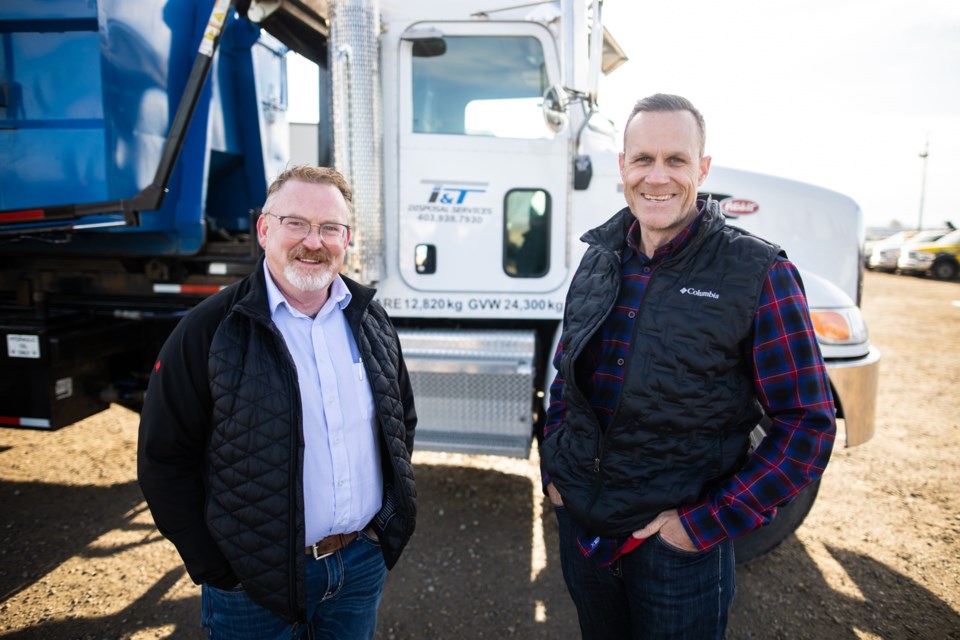A Foothills disposal company and a southern Alberta renovation company have diverted 24 tonnes of waste out of the landfill over the past year.
T&T Disposal, based in the Aldersyde area, and Align Developments out of Cochrane have been working together to send renovation waste, like concrete and drywall, to places that can repurpose it.
Graham Torrie, owner of Align Developments in Cochrane, has been in the renovation for about 15 years and said for him being an environmental steward is important, even if it costs a little bit more.
“Personally, I’m responsible for a few hundred tonnes of waste every year,” he said. “I think in that aspect of our industry we have a responsibility.”
Those he works with have been willing to do the work to separate the recyclables, he added.
“There is full buy in once you tell people what the story is,” Torrie said. “People want to be responsible.”
Home renovations generate a huge amount of waste, he said, estimating a kitchen, basement or bathroom renovation would fill a 10- by 40-yard disposal bin. The renovation of a main floor would fill three bins and a large-scale renovation could fill between seven and 10 bins.
However, that is largely reduced through recycling, he said.
“When it is kept clean and separated, they have a high capture rate,” Torrie said.
Recycling should become the norm for renovators, he added.
“This is an increasing value that we should ask for in our industry,” said Torrie.
It costs more to divert waste than to take it to the landfill, so they don’t get much uptake from renovators, said Jay Gyug, sales and marketing manager for T&T disposal.
“It’s rare to find a contractor who actually cares that much about the environment and the segregation of the waste streams,” Gyug said.
T&T Disposal sets up separate bins for certain materials and then one large bin for anything recyclable.
“Everything will go into recycle bins and it’s taken to a processor — plastics, drywall, cardboard, wood, particle board, paper barriers, plastic barriers,” he explained.
Taking the time to separate materials is also a deterrent for some companies,” Gyug said. “It’s probably the most efficient, but it is not the best for the environment."




